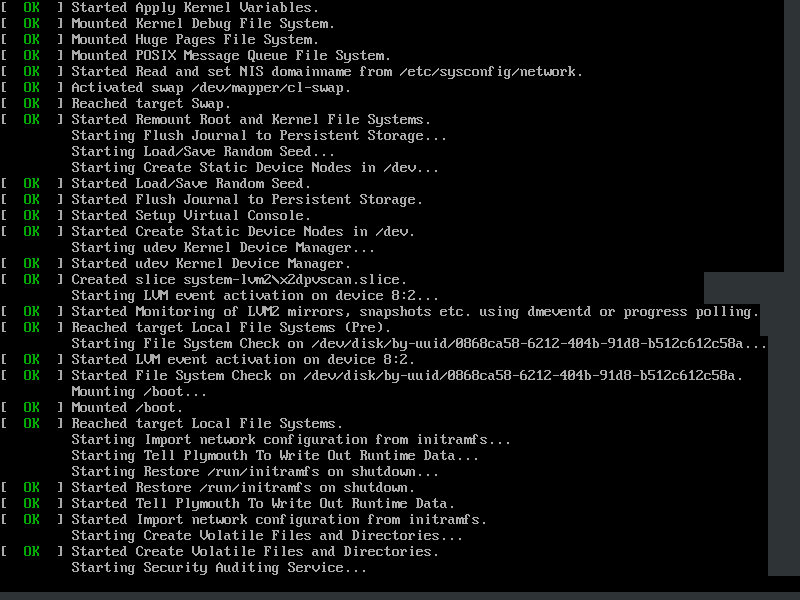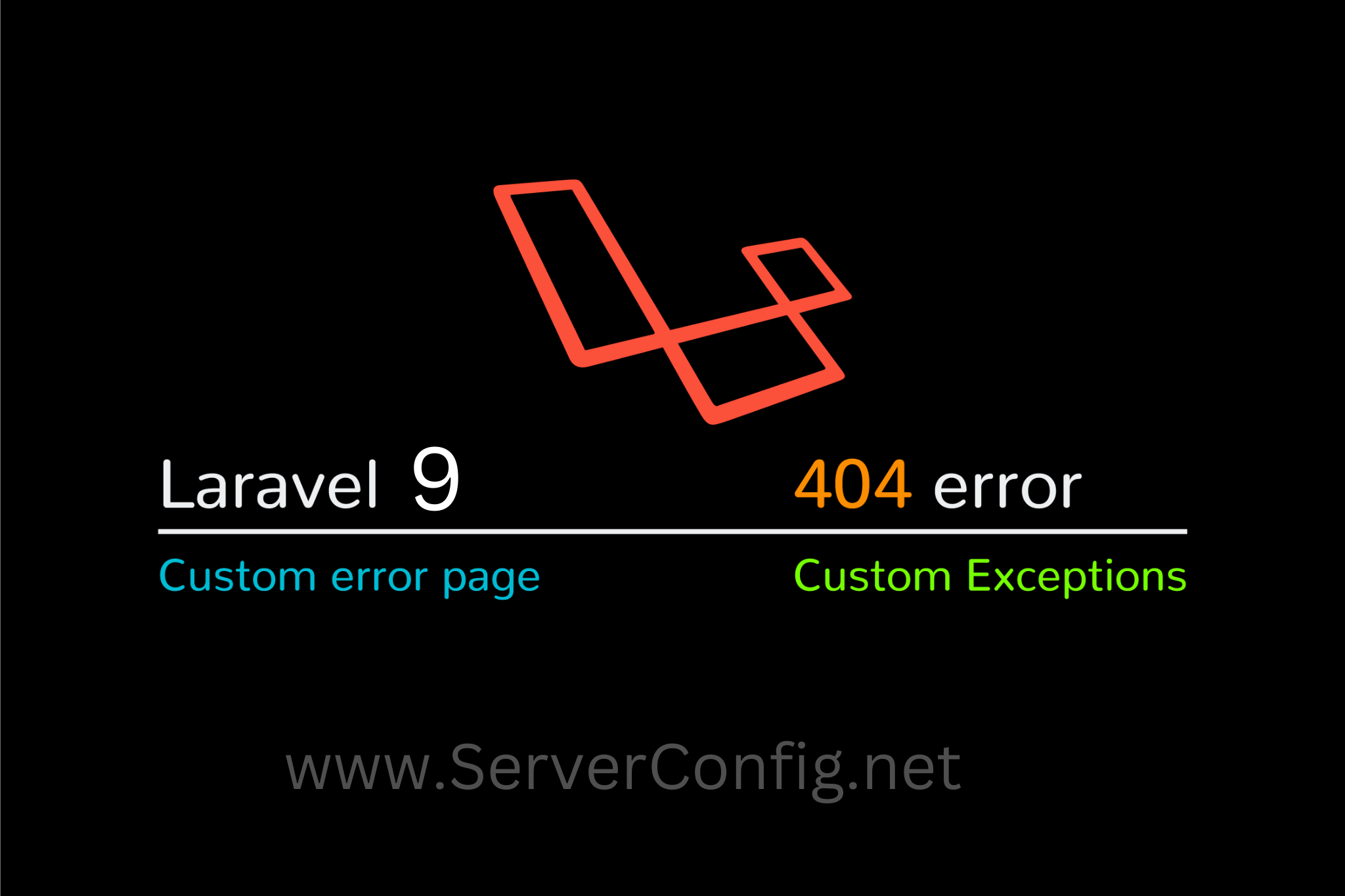Introduction
In this comprehensive guide, we will explore essential steps to secure your Linux server effectively. A Linux server can be a powerful tool for hosting websites, running applications, or managing databases, but it is essential to protect it from potential threats. By following these security measures, you can safeguard your server from unauthorized access and keep your data and applications safe.
Keep Your System Updated
One of the fundamental aspects of securing your Linux server is ensuring that your system is always up to date. Regularly updating your server’s software, including the operating system and applications, helps patch security vulnerabilities that could be exploited by malicious actors. Linux distributions frequently release updates and security patches, so it is crucial to stay on top of these updates to maintain a secure environment.
To update your Linux server, use the package manager specific to your distribution. For example, on Ubuntu or Debian, you can use the “apt-get” command:
sudo apt-get update
sudo apt-get upgradeUse Strong Passwords
Passwords are the first line of defence against unauthorized access to your server. Ensure that you and all your users employ strong, unique passwords for each account. Strong passwords should be long, complex, and incorporate a combination of uppercase and lowercase letters, numbers, and special characters.
Avoid using easily guessable passwords like “123456” or “password.” Instead, create unique passwords for each account and consider using a password manager to keep track of them securely.
Enable Firewall
A firewall acts as a barrier between your server and potential threats from the internet. By configuring a firewall, you can control which network traffic is allowed or blocked, safeguarding your server from unauthorized access.
Linux servers often come with “iptables” or newer alternatives like “nftables” or “firewall.” Check your distribution documentation to understand the firewall setup. For example, to allow SSH access while blocking everything else:
sudo iptables -A INPUT -p tcp --dport 22 -j ACCEPT
sudo iptables -P INPUT DROPDisable Root Login
By default, many Linux distributions allow direct root login, which can be a significant security risk. Attackers often attempt to guess the root password, and if successful, they gain full control over your server.
To enhance security, disable direct root login and use a regular user account with sudo privileges to administer the server. To disable root login, edit the SSH configuration file (usually located at “/etc/ssh/sshd_config”) and set “PermitRootLogin” to “no.” After making the change, restart the SSH service:
sudo service ssh restartImplement Two-Factor Authentication (2FA)
Two-Factor Authentication (2FA) adds an extra layer of security to your server login process. With 2FA enabled users must provide a second form of verification, usually a unique code sent to their mobile device or generated by an authentication app, in addition to their password.
Enabling 2FA helps protect your server even if passwords are compromised. There are various 2FA methods available, such as Google Authenticator or Authy. Choose the one that suits your needs and implement it for all user accounts on the server.
Secure SSH Access
Secure Shell (SSH) is a common way to access and manage Linux servers remotely. However, it is also a prime target for attackers seeking unauthorized access. To secure SSH access:
- Use SSH key-based authentication: Generate SSH key pairs for each user and copy their public keys to the server. This way, users can log in using their private keys instead of passwords, which is more secure.
- Change the default SSH port: By default, SSH runs on port 22, making it an easy target for automated attacks. Change the default port to a custom one to reduce the risk of brute-force attempts.
- Limit SSH access: Configure the firewall to allow SSH access only from specific IP addresses or ranges. This restricts access to trusted sources and reduces the attack surface.
Regularly Back Up Your Data
Regularly backing up your data is essential to protect against data loss caused by hardware failures, human error, or security breaches. Implement a backup strategy that includes both on-site and off-site backups. On-site backups can be performed using tools like “rsync” or “tar,” while off-site backups can utilize cloud storage services or remote servers.
Ensure that your backups are encrypted and properly tested to ensure data integrity. Also, store your backups in a secure location and consider automating the backup process for convenience and consistency.
Conclusion
Securing your Linux server is crucial to protect your data, applications, and sensitive information from potential threats. By following this comprehensive guide, you have learned essential steps to enhance the security of your Linux server, including keeping your system updated, using strong passwords, enabling firewalls, disabling root login, implementing two-factor authentication, securing SSH access, and regularly backing up your data. By implementing these measures, you can create a robust and secure environment for your server and mitigate the risks associated with unauthorized access and data breaches. Stay vigilant, stay updated, and prioritize security to keep your Linux server safe.


















No Comments
Leave a comment Cancel